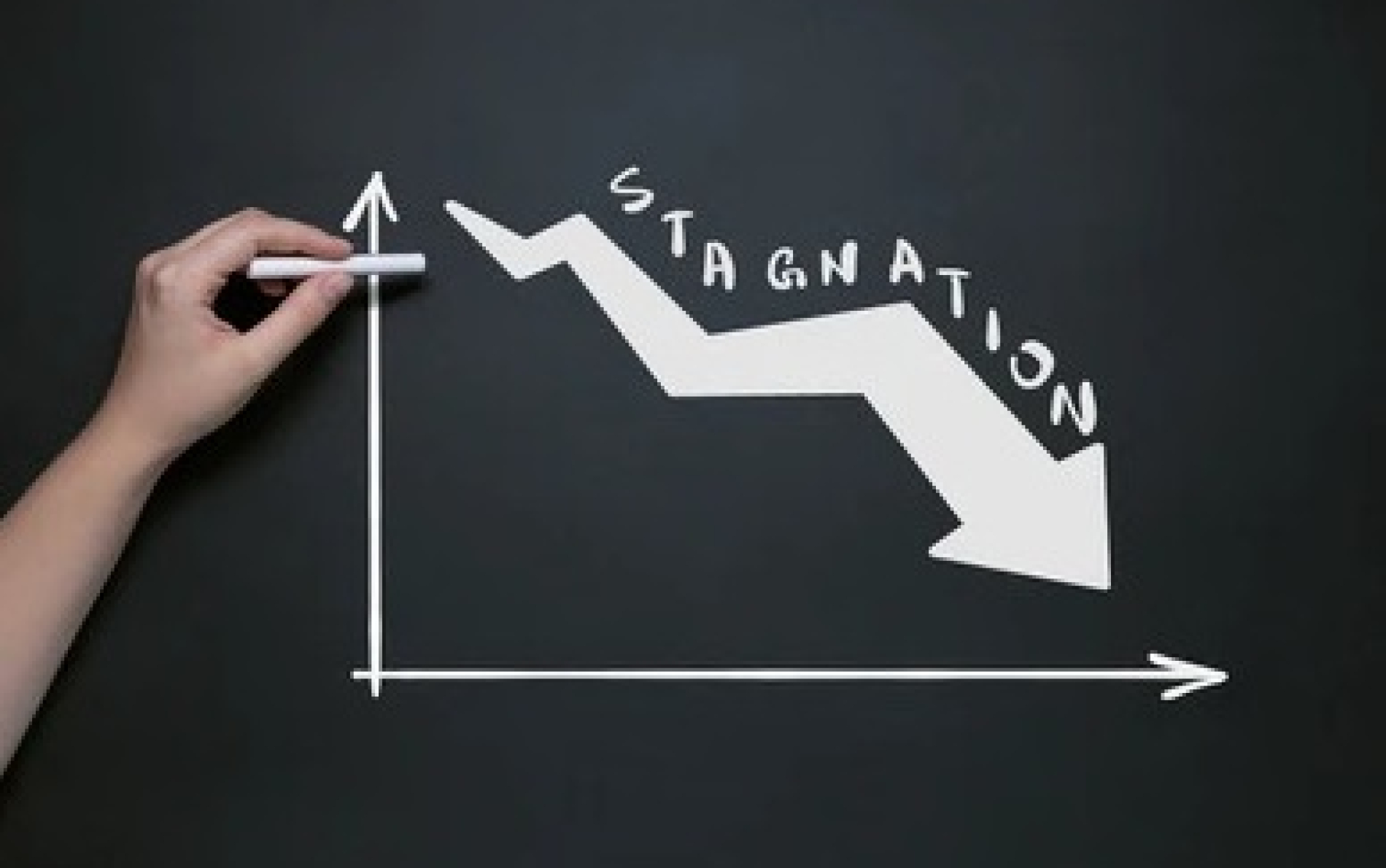The ‘Normal’ Distribution

The Indian philosophy of Advaita Vedanta has always emphasized about the oneness of existence. The oneness is not just about an attitude but a much deeper and complex philosophy to understand. In the same context, I am writing today to put together how the various subjects which our educational institutions teach us in silos are essentially linked and can be called a divergence/projection of one idea. There is a focus on unison somewhere at the core.
The students of management, and statistics are well aware of the various distributions involved in observations. These distributions in simple words are occurrences of events in a particular pattern. Depending on the pattern they are classified into Normal, binomial etc. There are many other distributions, such as the Poisson distribution, exponential distribution, and chi-square distribution, each with its characteristics and applications. These distributions are used to model different types of data and are chosen based on the nature of the data and the research question being addressed. In a nutshell, distributions in management and statistics describe the patterns of events or observations in a dataset, and understanding these distributions is essential for making informed decisions and drawing valid conclusions from data.
However, the beauty of Normal distribution is the presence of extremes coupled with a huge modal crest in between, giving rise to a bell-shaped curve. Is this not true about life? If we plot days and the impact of the occurrence of events in our lives, probably we tend to arrive at a similar picture. In my opinion, our life majorly lies in this 2-sigma zone as the majority of our days in our life have routine days. Thus 66.67% of our life is routine. The extreme events lie at the corners of which two are extremely rare - birth and death. Very few times we have had extremely happy or extremely sad events. Don't you think so, or do you also feel the same way?
Let me explain this to you In a more elaborate way. A significant portion of our lives is spent in a predictable and repetitive routine. This routine typically includes activities such as waking up, going to work or school, college, performing daily chores, praying to the almighty, eating meals, and winding down in the evening. These activities provide a sense of structure and stability to our lives, helping us steer through the day-to-day challenges and responsibilities. Now let us look at the occasional Variations. While routine days make up the bulk of our lives, there are occasional variations that add spice and excitement. These variations can include vacations, celebrations, theatre visits, social gatherings, and other events that break the monotony of routine. While these variations are enjoyable, they are relatively infrequent compared to the routine days.
Further, we have rare extreme events: At the edges of our routine lie rare and extreme events that have a profound impact on our lives. Birth and death are two such events that are considered extreme in nature. Birth marks the beginning of a new life and is a joyous occasion, while death marks the end of life and is a serious event. These events are rare in an individual's life but have a lasting impact on them and their loved ones.
Alongside birth and death, we also experience extreme emotions such as extreme happiness or extreme sadness. These emotions are often associated with significant life events such as getting married, the birth of a child, the loss of a loved one, or achieving a major life goal. While these events are rare, they have a profound effect on our emotional well-being and shape our memories and experiences.
In summary, the majority of our lives are spent in a routine pattern, with rare and extreme events occurring at the edges of this routine. While routine days provide stability and structure, rare events add variety and depth to our lives, shaping who we are and how we perceive the world around us.
Consider this example too. What is the distribution of great people who have lived throughout history, I would argue that it follows a normal distribution.
I tried to just put a food for thought. I would love to hear your comments.
Sumedh Panse
pansesumedh@gmail.com
 Call Now 9121011411 / 7337344497
Call Now 9121011411 / 7337344497 Email Now admissions.pgdm@asci.org.in
Email Now admissions.pgdm@asci.org.in






0 comments